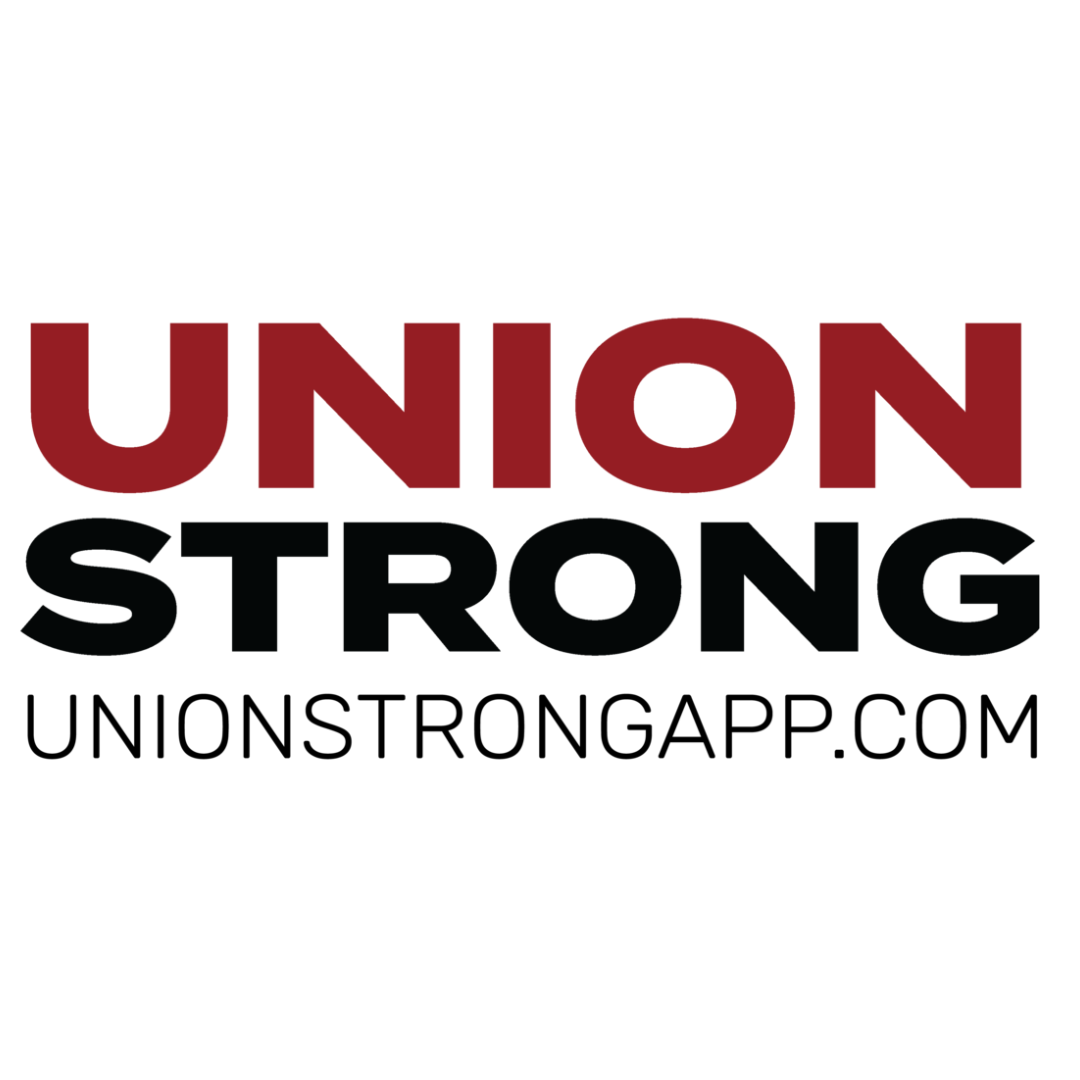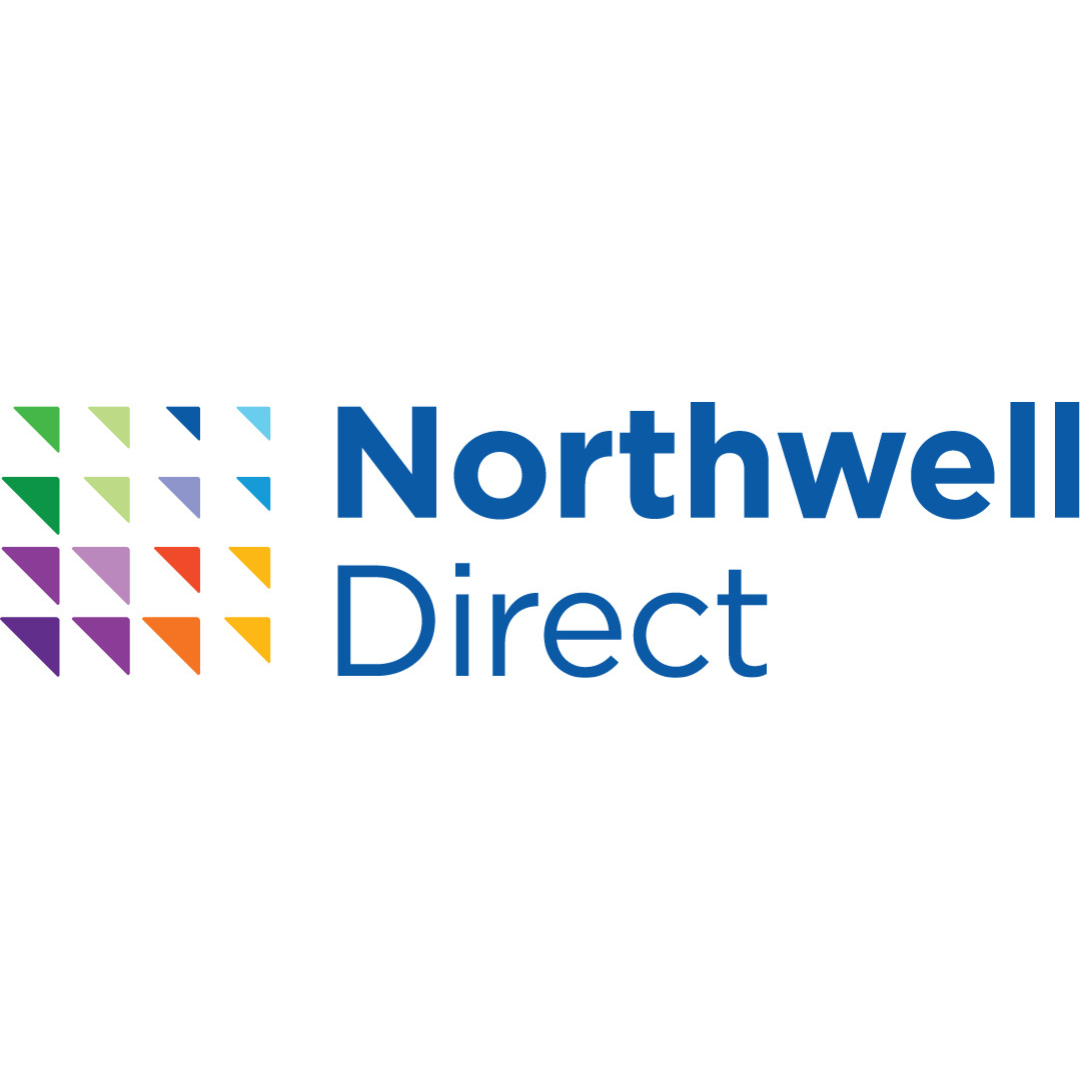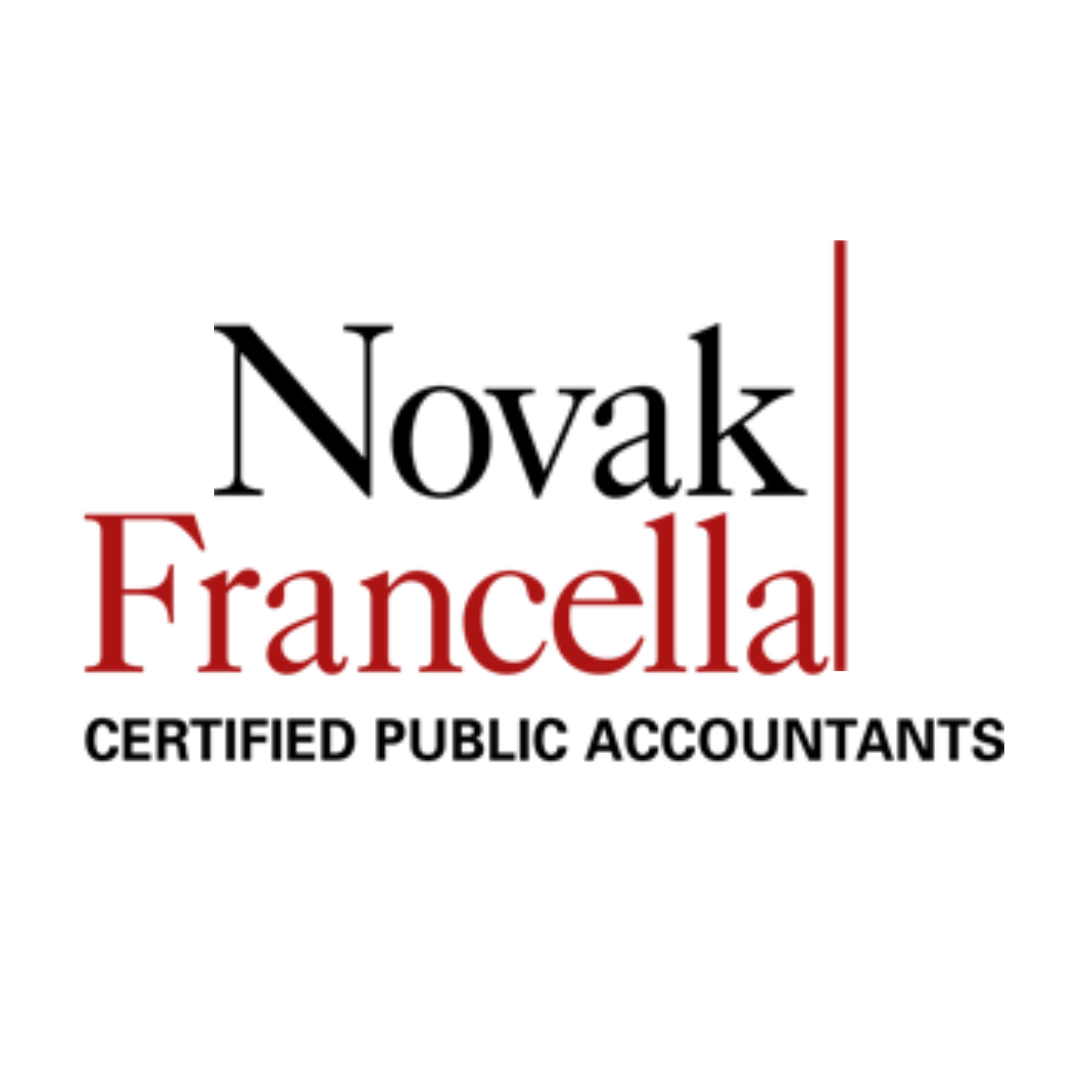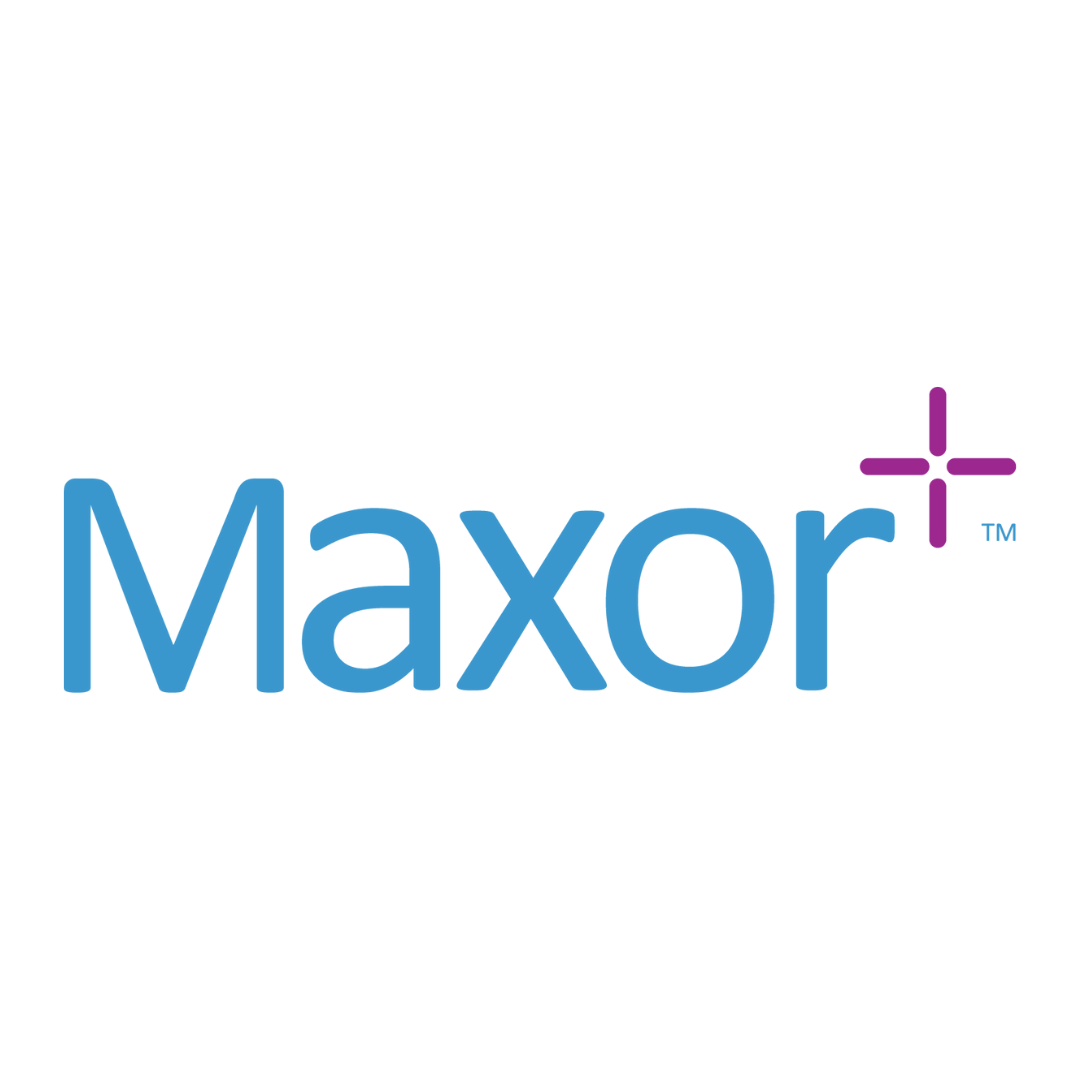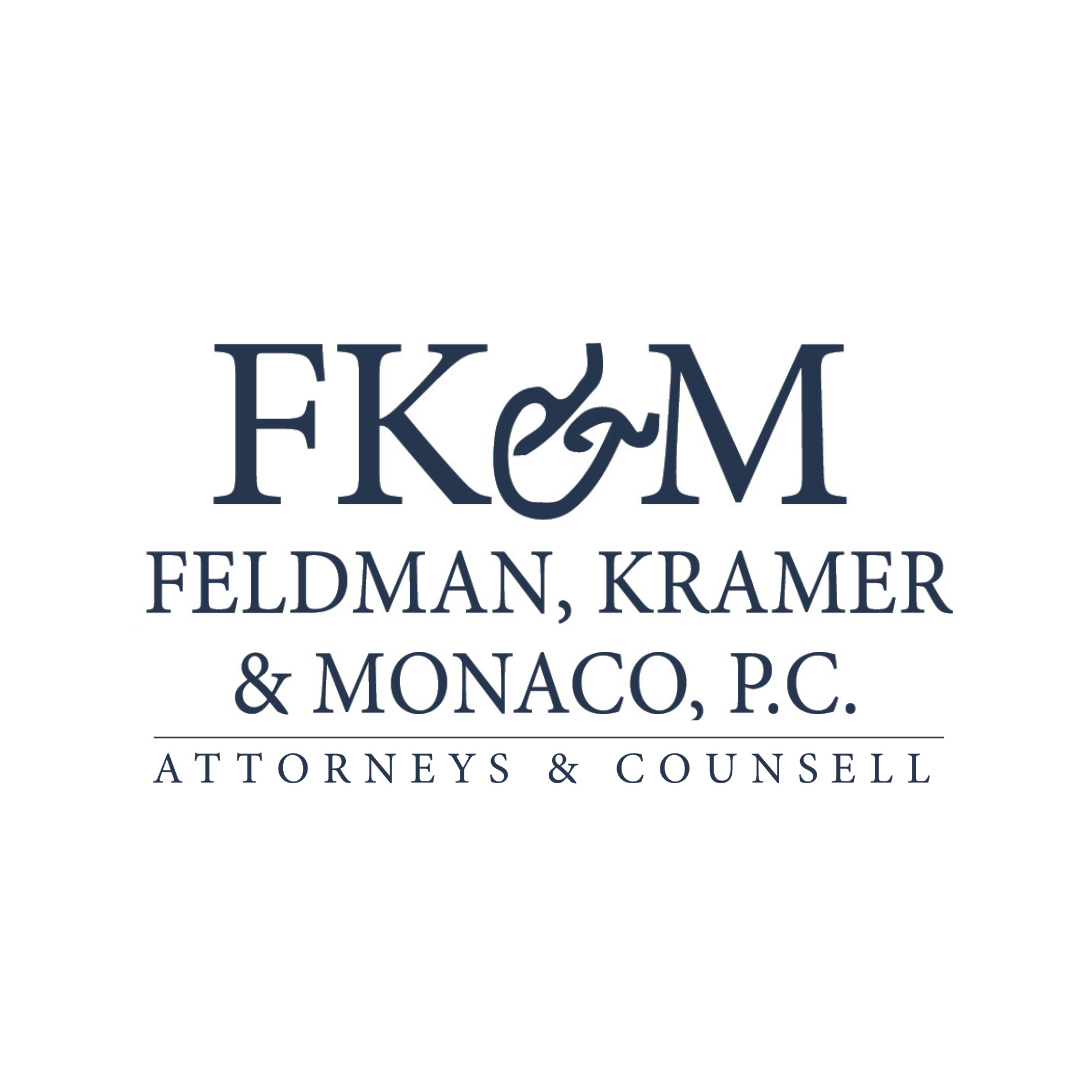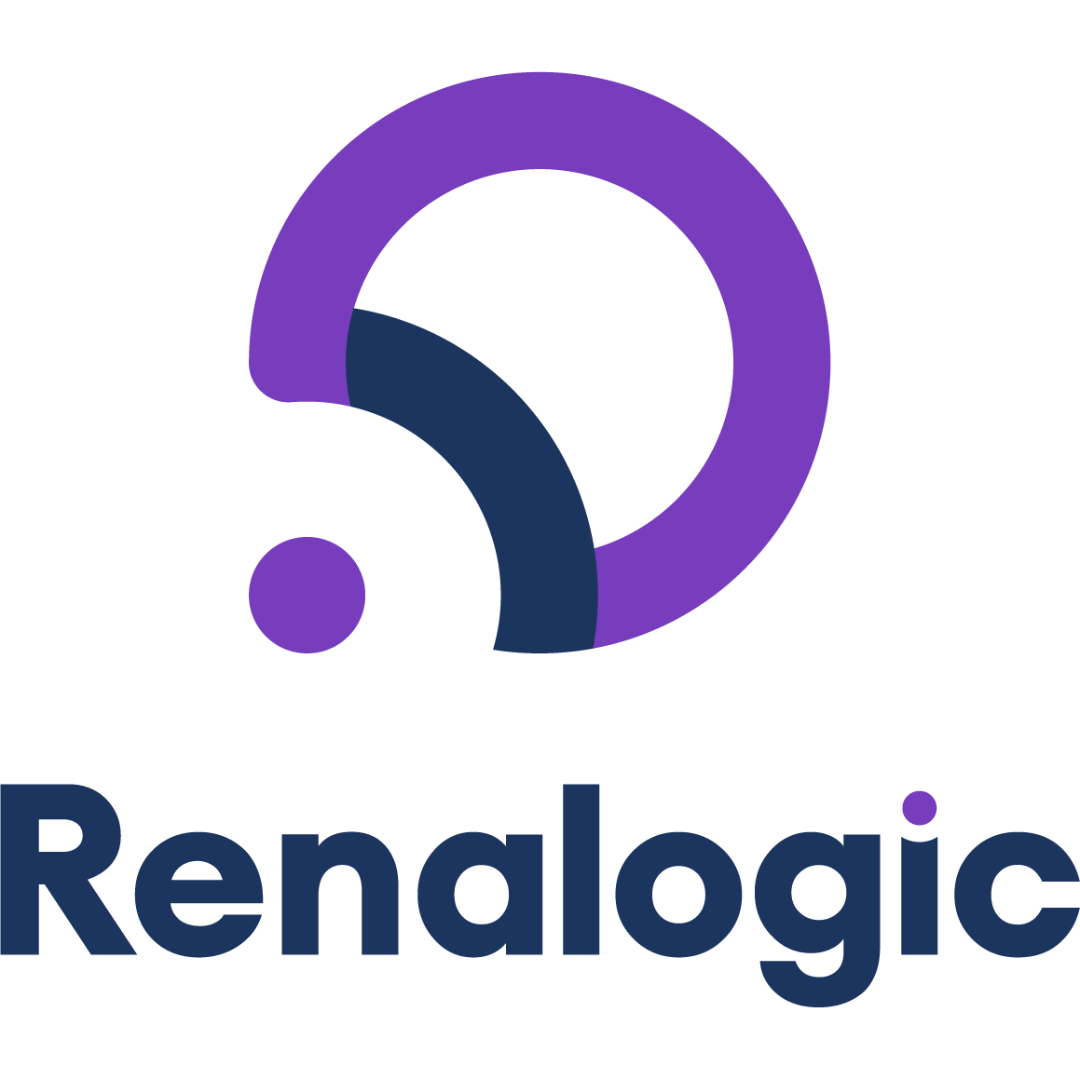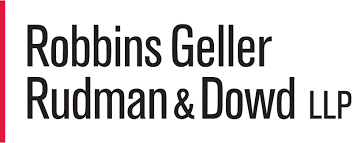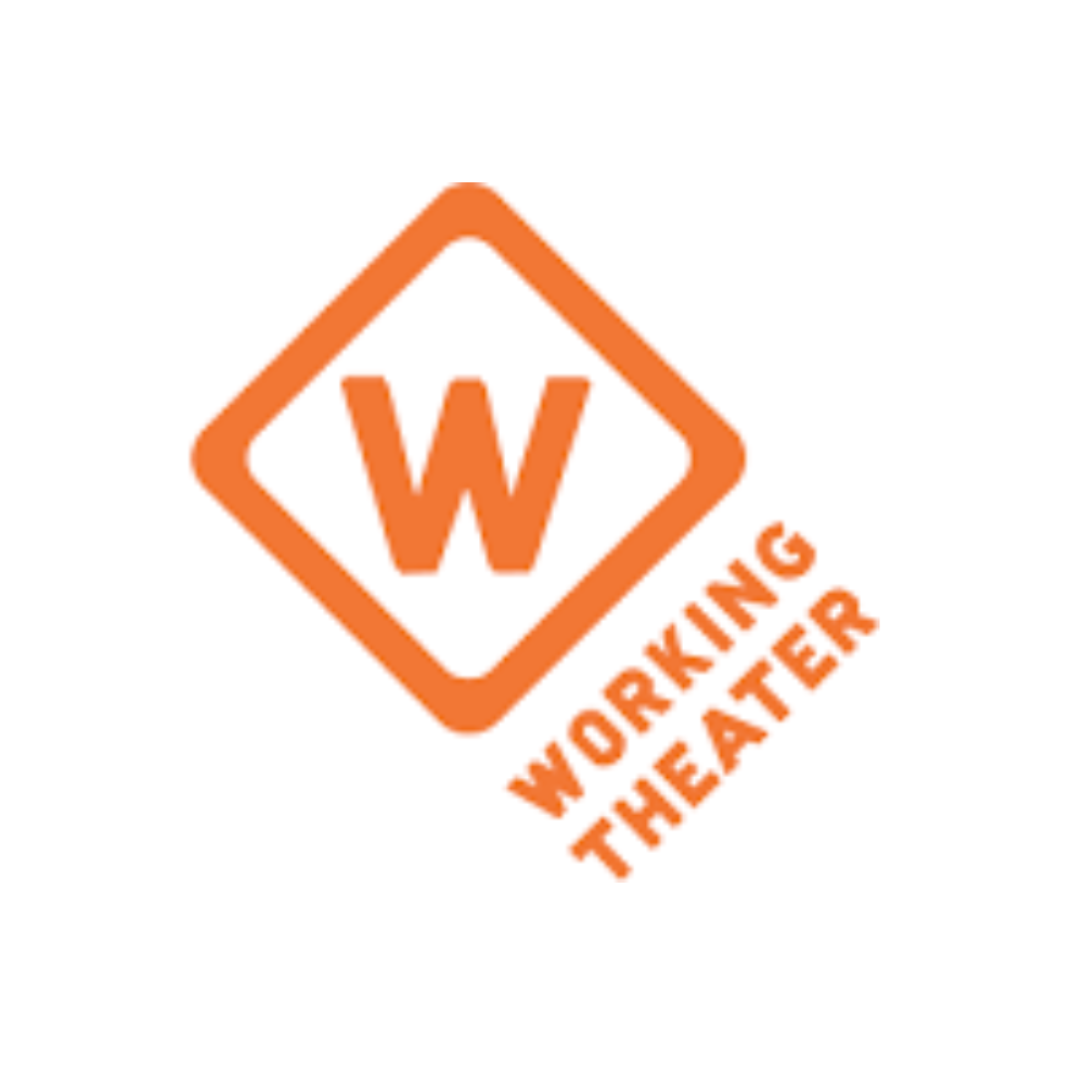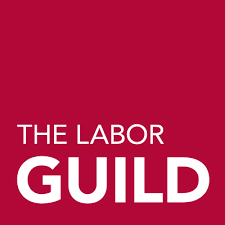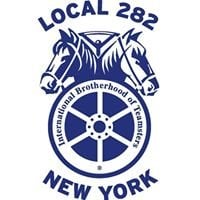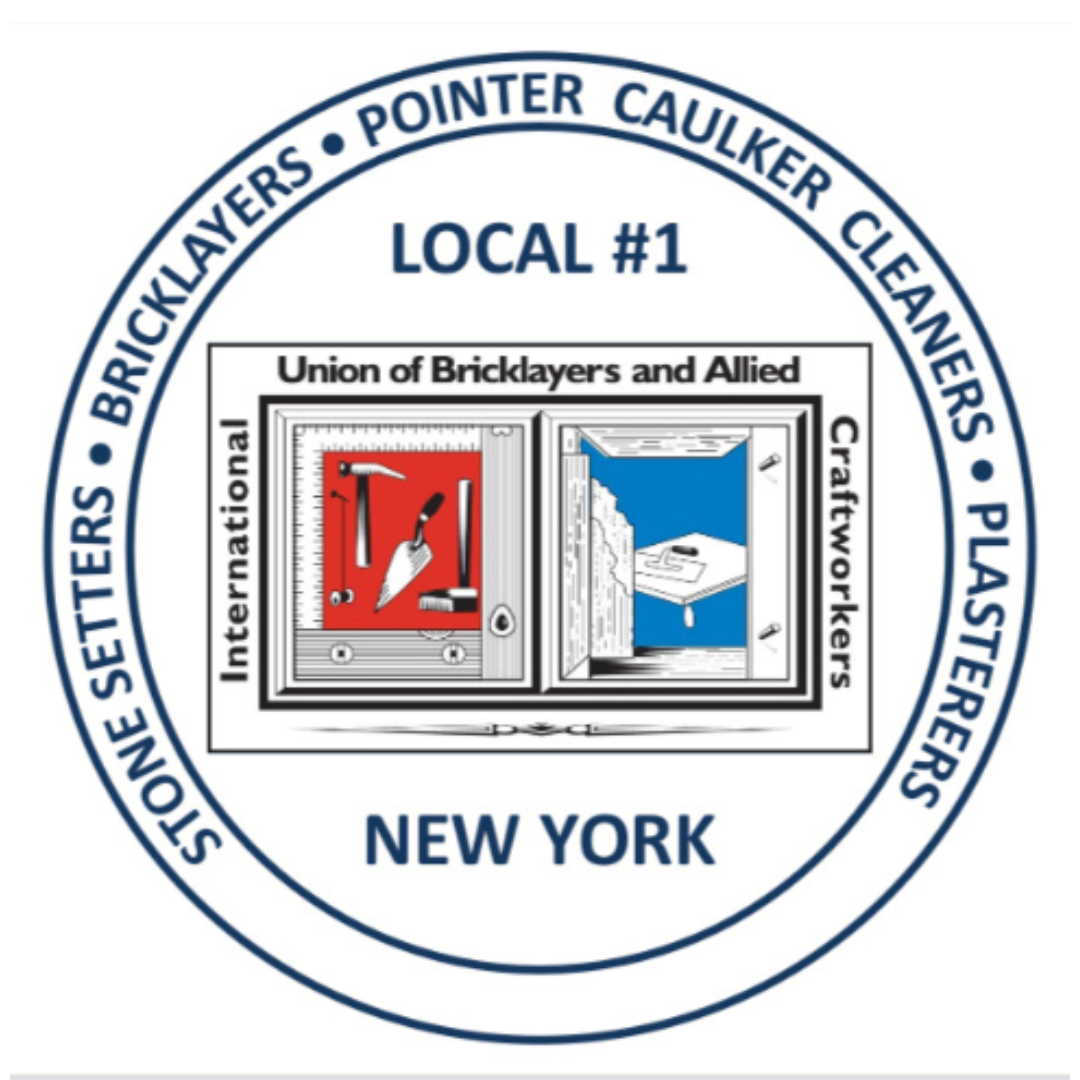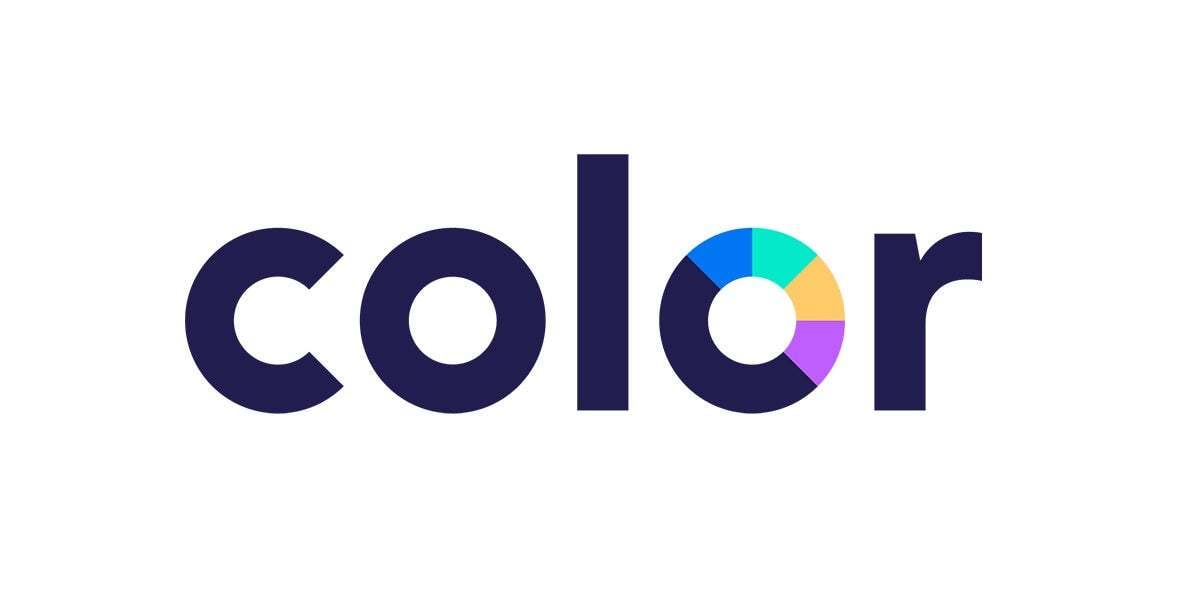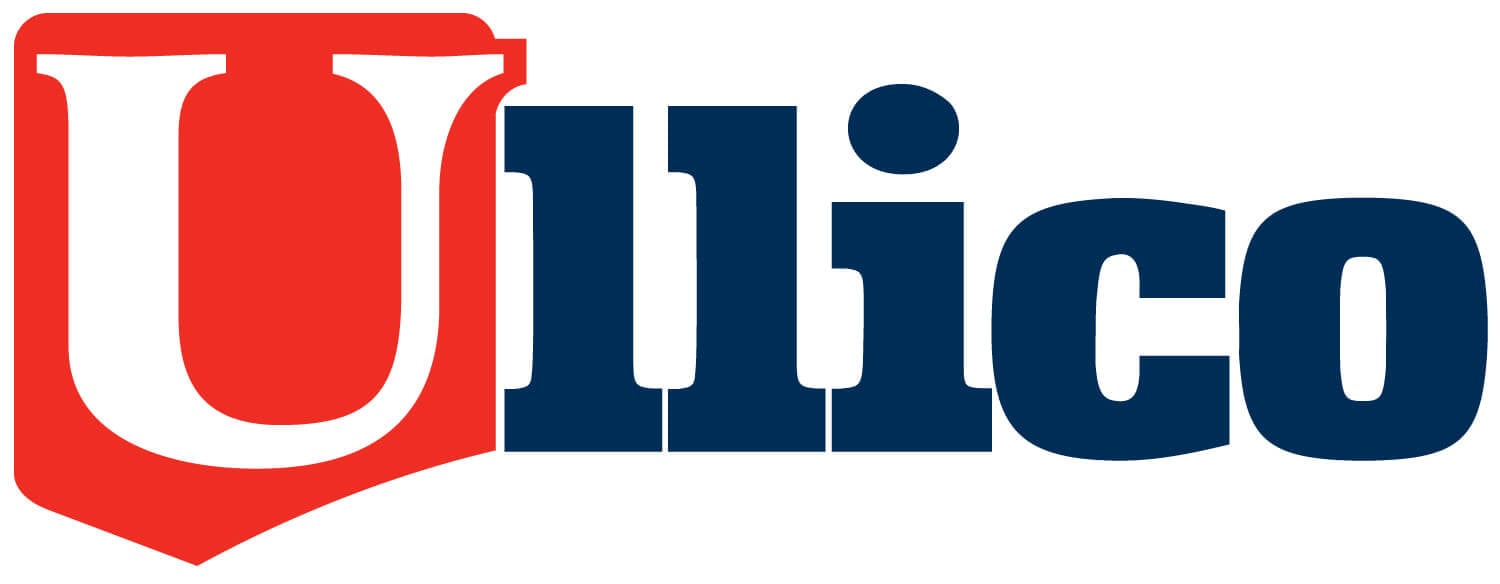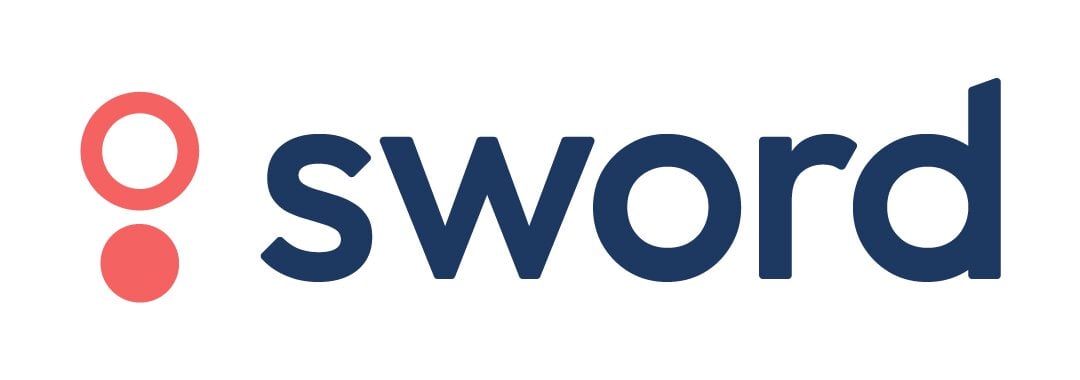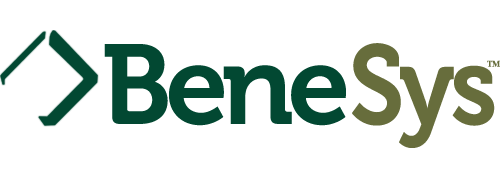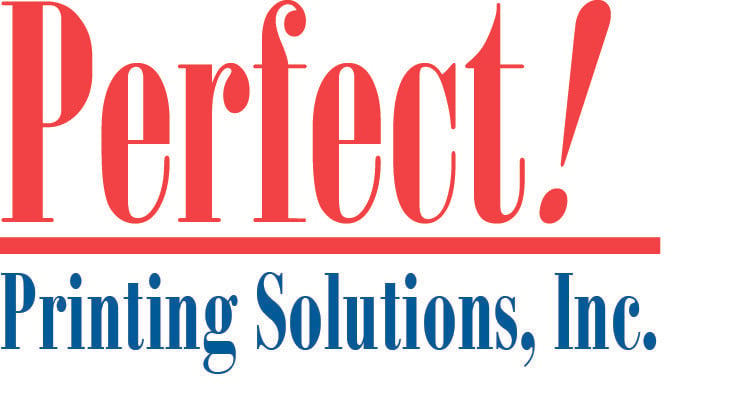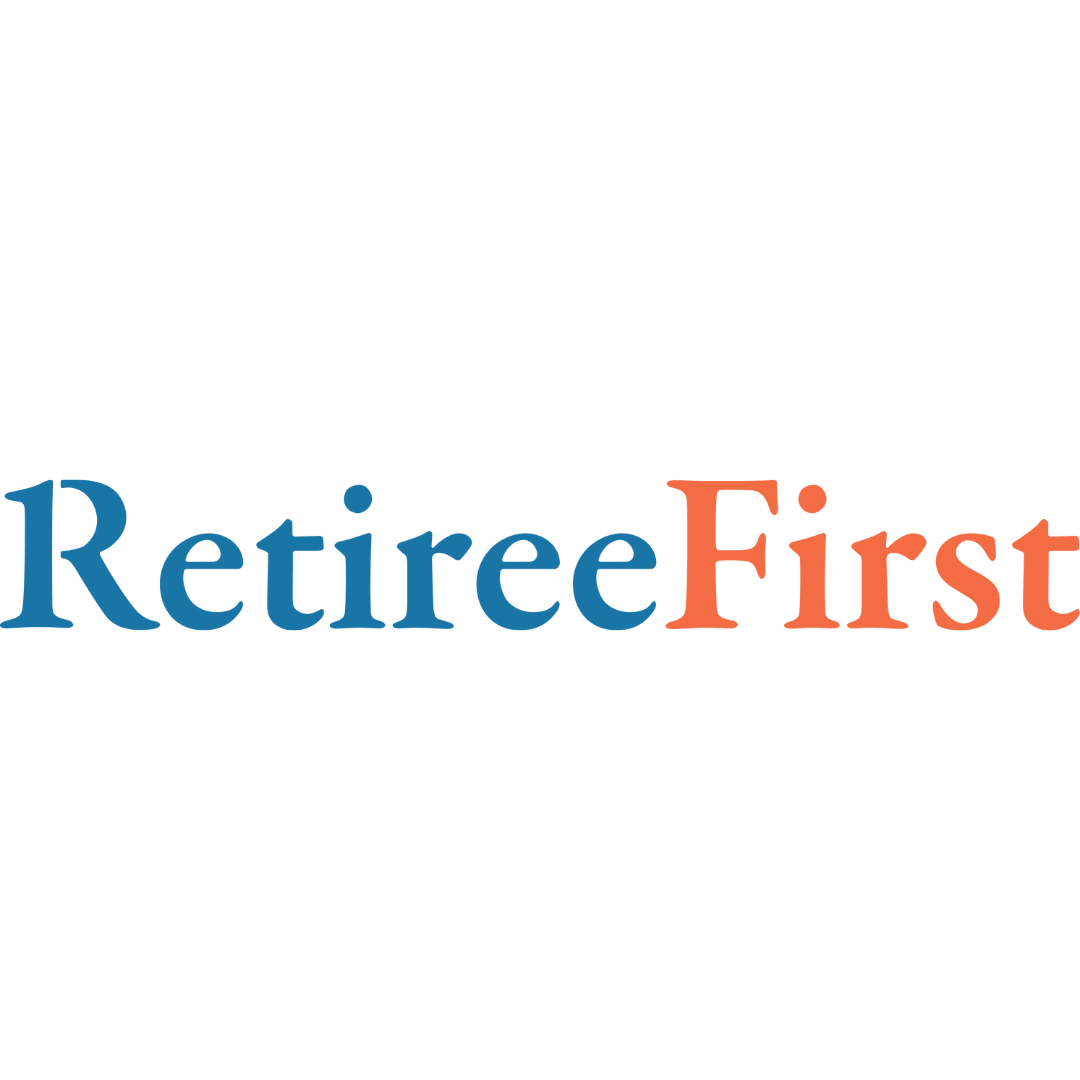The Future of Union Communication: Insights from the National Labor Management Conference
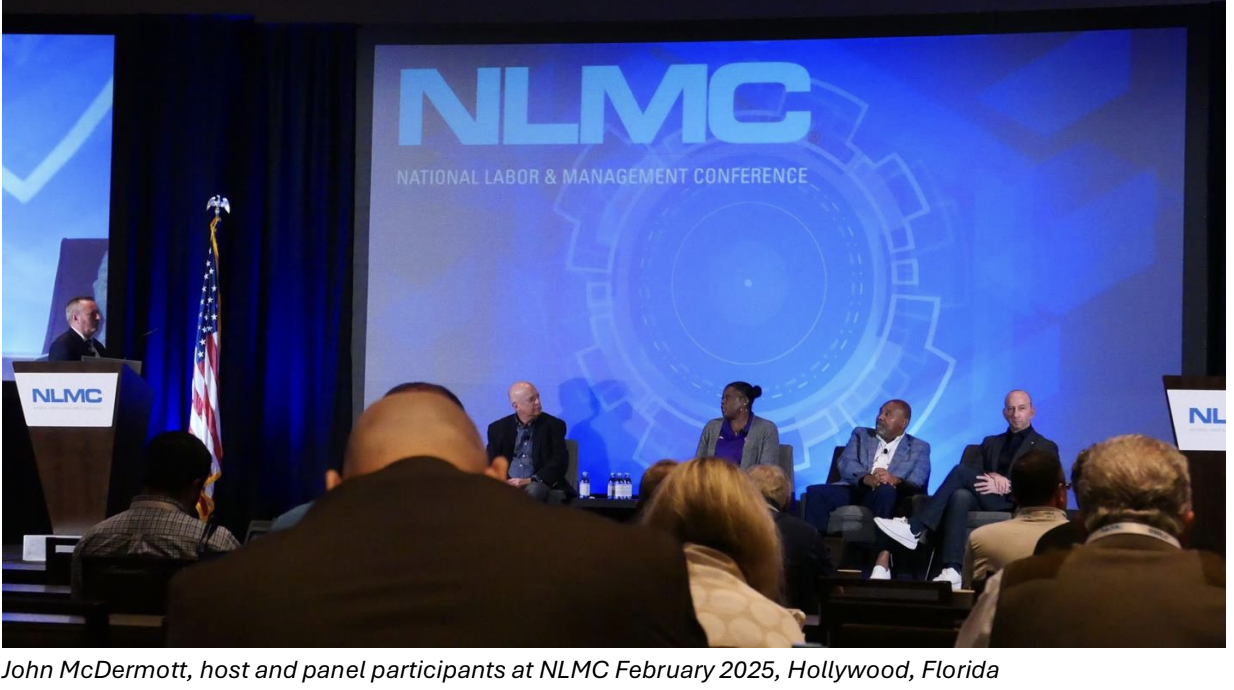
The National Labor Management Conference (NLMC) has long been a premier gathering for thought leaders and changemakers in the labor movement. This year, the Union Strong Mobile Application Network (Union Strong App) led a discussion on a topic that is often overlooked yet essential: how to effectively communicate the values, benefits, and goals of unions in today’s fast-evolving landscape.
Moderated by John McDermott, formerly of the Consortium of Worker Education, the workforce development arm of the NY Central Labor Council, the session featured an impressive panel of labor leaders, including Carl Styles, Business Manager of Building Laborers Local 77; Charles Hamilton, President of the Association of Benefit
Administrators; Michael Fina, Founder and Executive Director of the Union Labor Advisory Network (ULA); and Robin Blair-Batte, Secretary-Treasurer of CWA Local 1180. Their insights highlighted challenges and opportunities for unions to modernize their communication strategies, engage members more effectively, and combat misinformation in an era of rapid technological change.
The Evolving Role of Communication in the Labor Movement
Union leaders today face challenges in keeping their narrative consistent across the many groups they need to organize. A major obstacle is the lack of a single, consolidated space for labor-focused, locally specific information. Younger generations expect greater transparency, instant access to information, and engagement across multiple digital platforms. Traditional approaches, while still effective in some contexts, often fall short of reaching the full spectrum of today’s workforce. The panelists underscored the urgent need for unions to embrace digital tools, maintain cohesive narratives, and foster community- driven engagement to ensure their message remains clear and impactful.
Key Takeaways from the Discussion
1. Leveraging Technology and Social Media
Modern communication demands a strong presence across digital platforms. Social media platforms like Instagram and Facebook, as well as niche tools like podcasts, offer unions powerful avenues to engage younger, tech-savvy workers. As one panelist emphasized, “We have to meet members where they are. If they’re on social media, we need to be there too.”
2. Transparency and Member Engagement
Transparency is the foundation of trust between union members and leadership. Carl Styles stressed the importance of openly sharing the financial and career benefits of union membership, noting, “When folks can count money, they understand the real value.” Robin Blair-Batte provided an inspiring example of how CWA Local 1180 involves members in political endorsement decisions. When unions actively include members in decision- making, engagement and loyalty increase. As another panelist put it, “When members feel like they have a say, they’re more engaged and more likely to take action.”
3. Combatting Misinformation Through Labor-Focused Media
One of the most pressing challenges facing the labor movement today is misinformation. The panel discussed the need for unions to take control of their narrative by creating dedicated media platforms that provide fact-based content to both members and the public. Unions need to own their story.
By developing their own labor-focused communication network and growing adoption to scale, unions can counteract negative portrayals and highlight their contributions to workers and communities. It was identified as a key opportunity to connect with younger members and the broader community.
4. Strength in Unity: Building a Shared Content Library for Labor
Collaboration between unions was also seen as essential for building a shared content library that amplifies the collective strength of organized labor. By pooling resources, unions can create a more robust and diverse collection of materials that highlight key issues, success stories, and mobilization efforts. A unified content hub would not only streamline communication but also ensure that union members and the broader public receive consistent, high-quality messaging that reinforces the values and impact of the labor movement. Additionally, this shared approach could foster stronger solidarity across different sectors, making it easier to coordinate campaigns and respond to emerging challenges with a united front.
5. Organizing & Growing the Movement - Showcasing the Value of a Union Career
The panelists highlighted the importance of transparent and compelling recruitment messaging. Carl Styles emphasized ensuring that potential apprentices fully understand the compensation package, including wages, benefits, and retirement plans.
Michael Fina compared union training centers to elite universities, noting that many union members can retire with strong pensions after 20 years of service. Additionally, he highlighted the vital volunteer work unions do to support local communities, reinforcing their broader societal impact.
Overcoming Challenges and Moving Forward
Several underlying challenges emerged from the discussion, including:
• The rapid evolution of communication technology
• The need to engage younger generations in the labor movement
• The persistence of misinformation and negative stereotypes about unions
• Attacks on public sector and federal workers
• The need for greater inter-union collaboration
To address these challenges, unions must embrace a multi-channel approach to communication, expand their digital outreach, and create labor-focused media platforms. Strengthening collaboration between unions to share resources and amplify key messages is also critical in building a more unified labor movement.
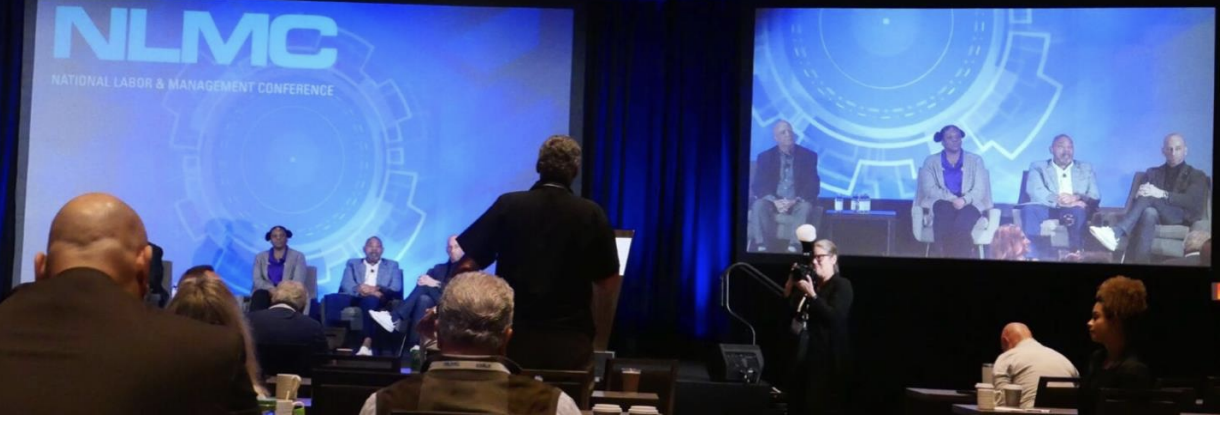
Leading the Future of Labor Communications
As the discussion wrapped up, one message stood out above all others—effective communication is the key to building a stronger, more unified labor movement. Whether it’s reaching the youngest generation of workers on Instagram or creating an inter-union media platform, the strategies shared at the National Labor Management Conference provide a clear roadmap to the future of organized labor.
For labor leaders, the takeaway is clear: It’s time to reexamine your communication strategies. By adopting a modern, multi-faceted approach, unions can ensure their
message resonates far and wide, now and for generations to come.
If you’re a union leader or advocate, we invite you to join us in shaping the future of labor communications. To participate in an upcoming focus group, email John McDermott at jmcdermott@unionstrongapp.com.
About the Union Strong Mobile Application Network (Union Strong App)
A “Connected Union Hall in your Members’ Pockets,” we provide unions with a powerful platform to streamline communication, engage members, and counteract misinformation. By leveraging such technology, unions can stay connected, organized, and ready to tackle the challenges ahead. The network also facilitates inter-union collaboration, enabling different labor organizations to coordinate efforts, share resources, and amplify their collective voice.

